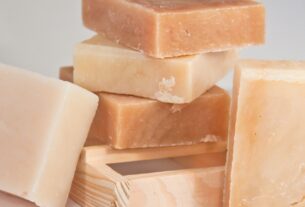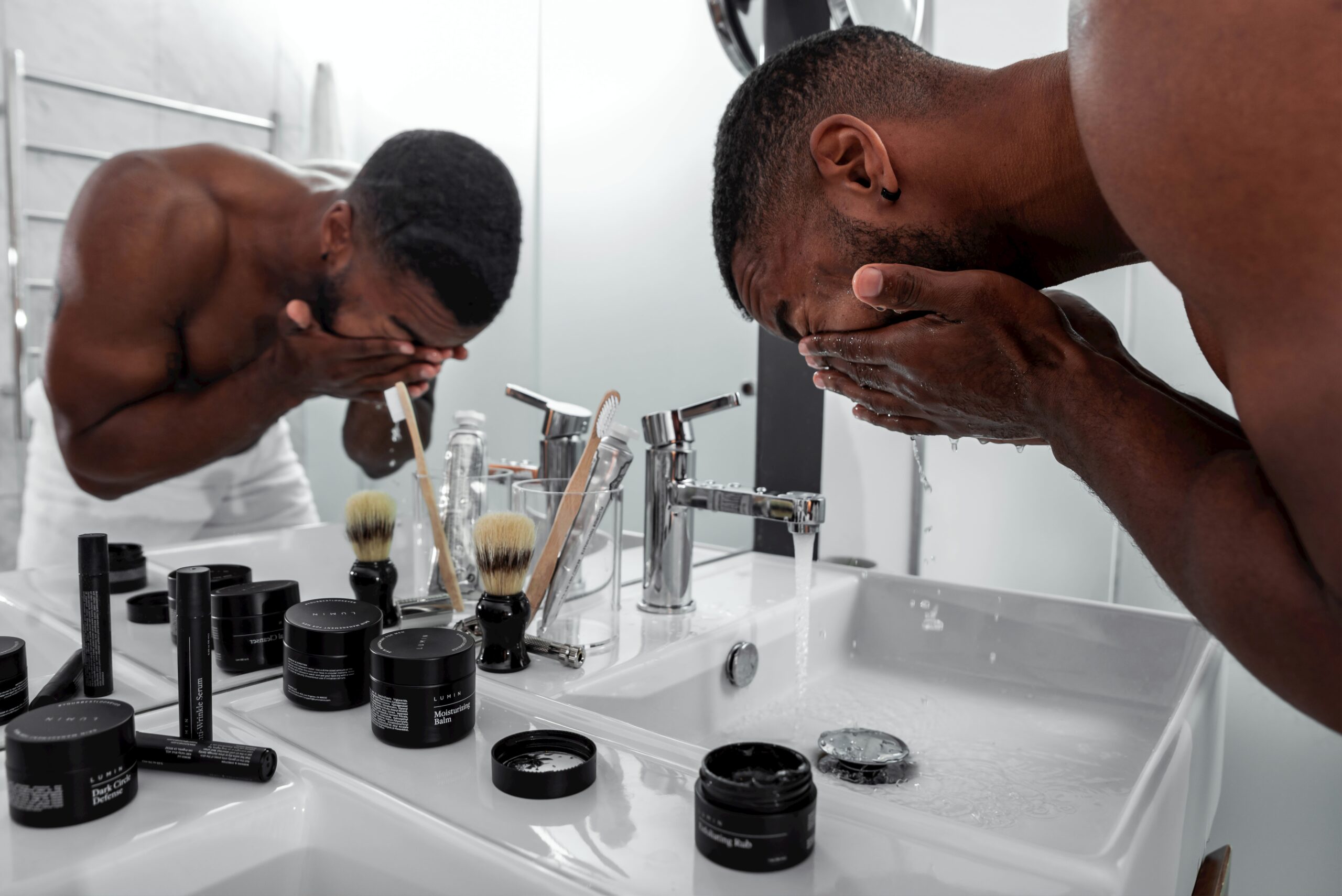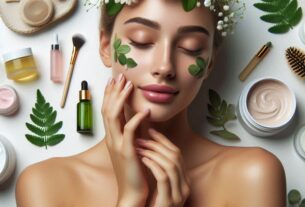What makes you reach for an eye cream in the first place? Is it the persistent dark circles staring back at you in the mirror, shadows that seem to deepen regardless of how much sleep you get? You’re not alone. Many find themselves in this predicament, trying to tackle those stubborn under-eye circles that can make even the most vibrant eyes look tired and worn out. Yet, searching for the right eye cream can be a labyrinthine journey through a world of promises and ingredient lists. Let’s explore this path together, and by the end, you’ll be more equipped to choose the right eye cream for those pesky dark circles.
Understanding Dark Circles
Dark circles can feel like an endless battle. Knowing the cause behind theirs can make all the difference in addressing them properly. From genetics to lifestyle choices, a variety of factors can contribute to the dark shadows under your eyes.
Causes of Dark Circles
You might have noticed that dark circles aren’t quite the same for everyone. For some, they manifest as a deep bluish tint, while others may experience a brown or even purplish hue. Understanding the root cause is key to effectively tackling this issue.
- Genetics: Often, your genes have a say in whether or not dark circles become a lifelong companion. If your parents have them, there’s a good chance you will too. This genetic predisposition can make the area under your eyes thinner, making blood vessels more visible.
- Lifestyle Factors: Lack of sleep is often blamed for dark circles, and while fatigue doesn’t directly cause them, it can make existing ones appear darker. Similarly, spending long hours in front of digital screens or not getting enough exercise may contribute to this condition.
- Aging: With time, skin naturally becomes thinner, losing fat and collagen, which can cause the reddish-blue blood vessels under your eyes to become more apparent.
- Allergies and Sinus Problems: Your allergies aren’t just making you sniffly; they can also trigger dark circles. Histamine release during an allergic reaction can cause blood vessels under the eyes to dilate, leading to discoloration.
- Dehydration and Nutrition: When your body doesn’t have enough water, the skin underneath your eyes becomes dull and your eyes look sunken. Minerals like iron also play a significant role, with iron deficiency (anemia) contributing to the appearance of dark circles.
Ingredients to Look For
Now, how do you address them? The right ingredients can be game-changers in your fight against dark circles. Knowing which ones to prioritize is essential when you’re eyeing that eye cream.
Effective Ingredients
- Vitamin C: Think of this ingredient as a brightening agent for your skin. Its antioxidant properties help lighten hyperpigmentation by boosting collagen production, resulting in firmer, more balanced-toned skin.
- Retinol: Derived from Vitamin A, retinol is a powerhouse when it comes to reducing fine lines and improving skin texture. It encourages cell turnover, which can help thicken the skin and improve discoloration.
- Peptides: They’re tiny but mighty, as peptides support and strengthen the skin by encouraging collagen production. This can help in reducing the transparency of skin, thereby reducing visible dark circles.
- Hyaluronic Acid: Dehydrated skin can make darkness more pronounced. Hyaluronic acid draws moisture to the skin, plumping it to reduce the appearance of shadowed skin.
- Caffeine: Known for its stimulant properties in coffee, caffeine can also invigorate your skin when applied topically. Its anti-inflammatory qualities diminish puffiness, while its vasoconstrictor properties can reduce the appearance of dark circles by shrinking blood vessels.
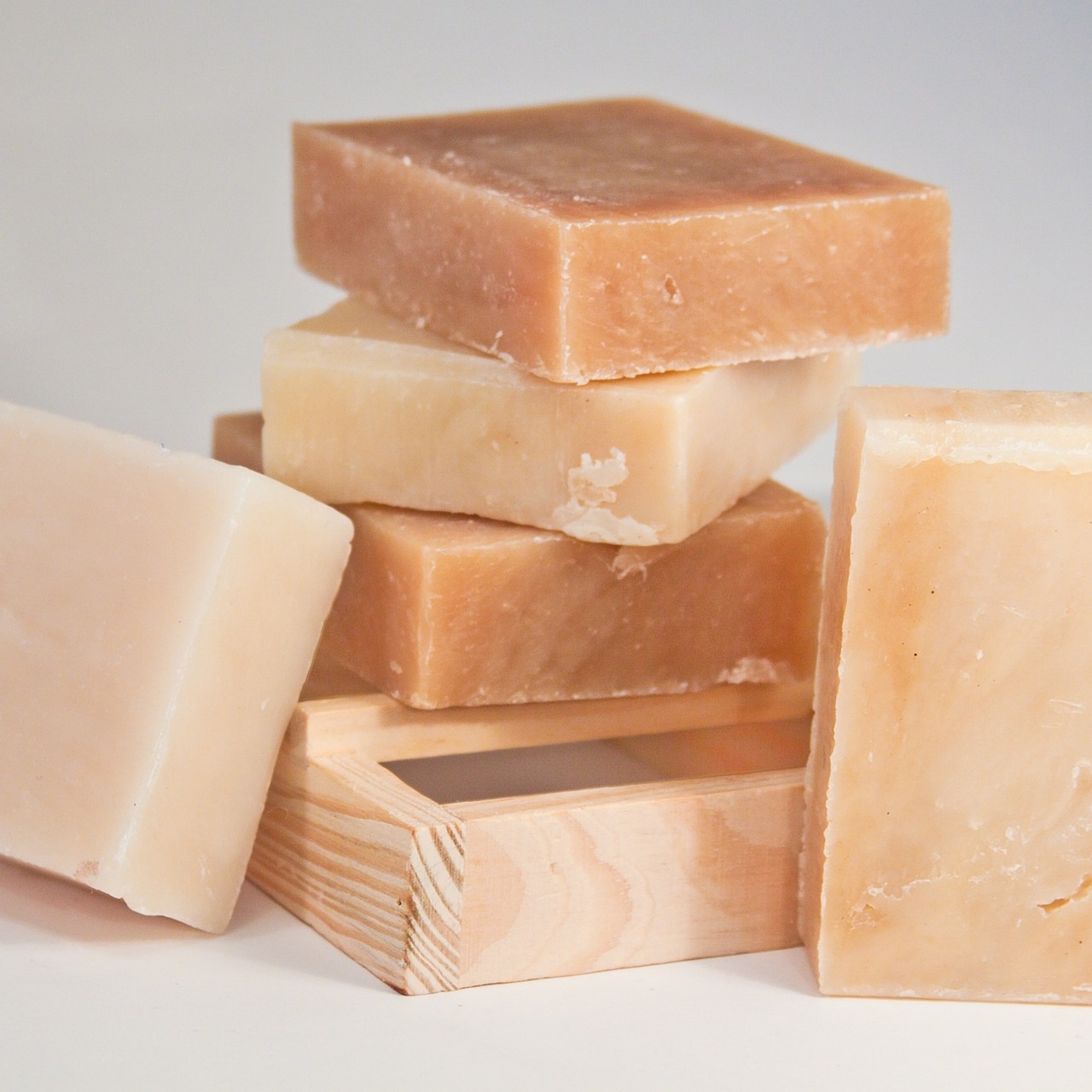
Evaluating Your Skin Type
Before you slather on a promising cream, it’s important to understand your skin type. Knowing whether your skin is oily, dry, combination, or sensitive will guide you to the right formula.
Identifying Your Skin Type
- Oily Skin: Notice a persistent shine and enlarged pores? Ingredients that balance excess oil without leaving a greasy finish will be your friends.
- Dry Skin: If your skin tends to feel tight or uncomfortable after cleansing, it might be on the dry side. Look for rich, hydrating creams that replenish lost moisture.
- Combination Skin: When you experience both oily patches and dry areas, you have combination skin. It’s important to choose a balanced formula that can address both concerns.
- Sensitive Skin: Does your skin react to new products easily? If redness, irritation, or breakouts frequently occur, opt for formulations free of fragrances and harsh chemicals.
Texture Matters
Everyone has a preference for how products feel on their skin. Some prefer a lightweight formula that is absorbed quickly, while others may enjoy the richness of a creamier option.
Which Texture is Best for You?
- Lightweight Gels: Perfect for daytime wear, especially in warmer climates or for oily skin types. These absorb quickly and don’t sit on your skin.
- Rich Creams: Ideal for nighttime use or during the winter months when your skin needs ample hydration. They’re a boon for those with dry skin, providing long-lasting nourishment.
- Serums: These are often heavily concentrated with active ingredients, making them excellent for combination and sensitive skin types, allowing targeted treatment with less product.
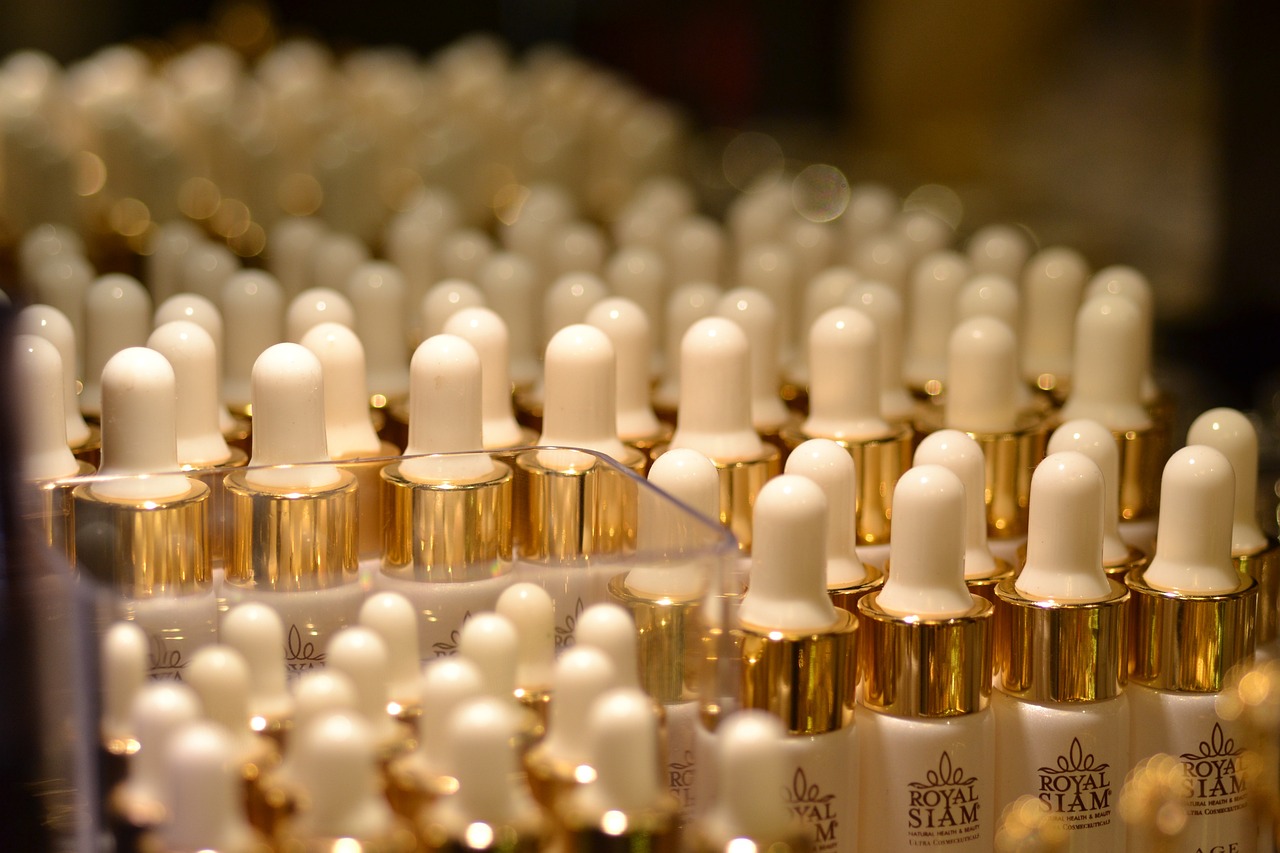
Testing and Patch Testing
Regardless of how enticing an eye cream’s benefits sound, patch testing is an undeniable first step. Your eyes are a sensitive area, and the wrong product can cause more harm than good.
Performing a Patch Test
- Choose a Less Sensitive Area: Test on areas such as your inner forearm or behind your ear. These areas will give you a good indication of how your skin will react.
- Wait and Observe: Apply a small amount and wait for 24 hours. If there’s no reaction such as redness, itching, or swelling, it’s likely safe to use it under your eyes.
Pay Attention to Changes
It’s crucial to observe how your skin responds over the first few days of trial. If irritation occurs, discontinue use and consult with a dermatologist if necessary. Your safety and comfort should always be a priority.
Consistency is Key
Finding the right product is part of the work, but consistent use is where the magic lies. Incorporating eye cream into your daily skincare routine can yield visible results over time.
Incorporating Eye Cream Into Your Routine
- Cleanse Thoroughly: Before applying any product, ensure your face and particularly your eye area is clean. This helps in better absorption of the product.
- Time it Right: Most eye creams can be applied both morning and night. Get into the habit of applying it twice daily for best results.
- Gentle Application: Use your ring finger—the weakest finger for gentlest pressure—to apply a small amount of cream. Tap it lightly around your eye area, avoiding direct contact with your eyes.
- Follow With Moisturizer: Lock in the benefits by applying a moisturizer to your whole face, ensuring your skin remains hydrated and balanced.
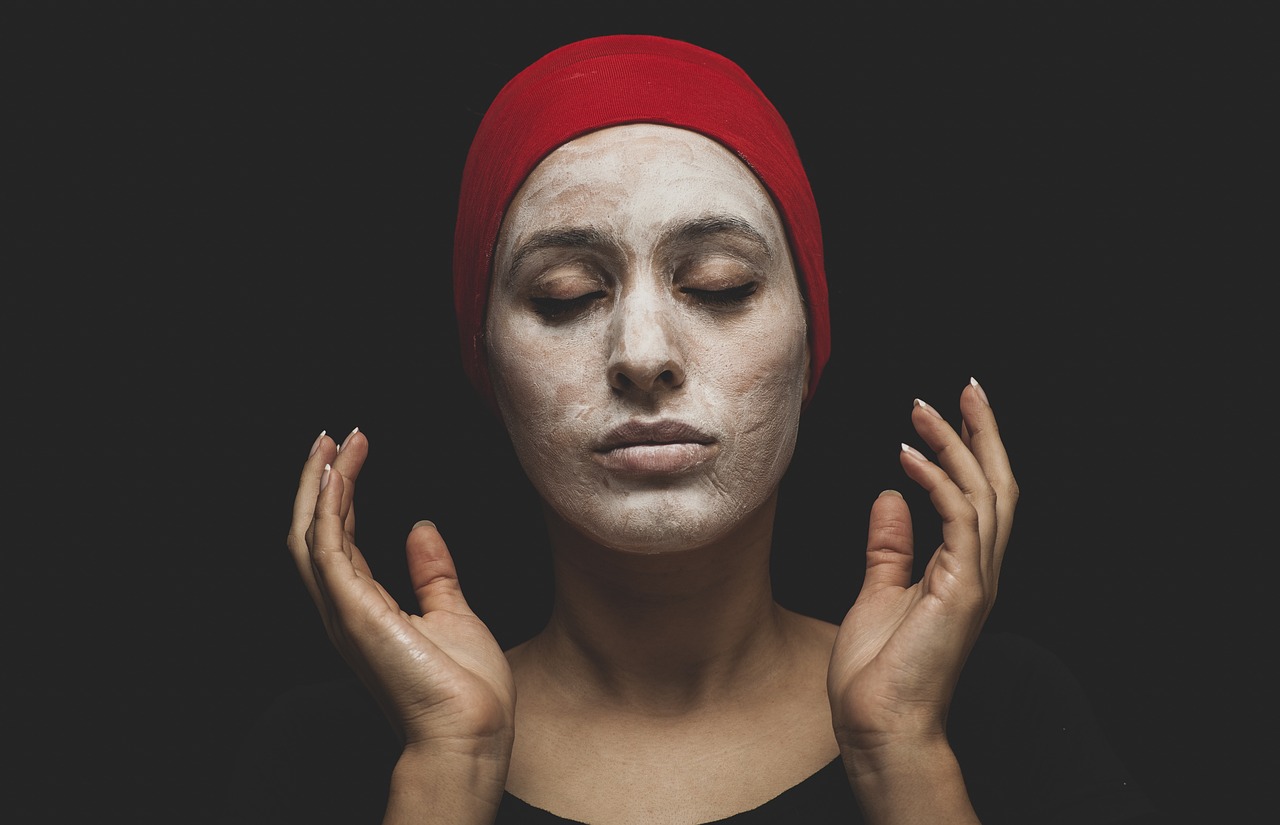
Managing Expectations
It’s important to manage expectations when introducing a new product into your skincare regimen. Eye creams are not miracle products. They require time and patience.
Realistic Results
While many eye creams tout immediate results, true changes usually appear gradually. Consistency is key, and while a slight reduction can often be seen in a few weeks, significant improvements usually take a few months. Keep your goals realistic to avoid unnecessary disappointment.
Understanding When to Consult
For some, topical treatments might not be enough. If you feel that creams aren’t delivering the results you’re looking for, consider consulting with a dermatologist who can provide guidance tailored to your specific needs.
Exploring Professional Options
If you’ve navigated the labyrinths of eye creams without success, all is not lost. There are professional treatments that might better suit your requirements.
Professional Treatments
- Chemical Peels: Target pigmentation and encourage cell turnover. They can help reduce darker hues under the eyes by addressing top-layer skin concerns.
- Lasers: Utilize focused light beams to stimulate collagen production and improve skin quality. This option can target deeper skin layers that creams might not reach.
- Fillers: Particularly beneficial if your dark circles are the result of volume loss and shadowing. Fillers can add volume, making your under eye look brighter and plumper.
- Surgery: This should be a last resort reserved for significant structural changes, typically considered when other treatments have consistently failed.
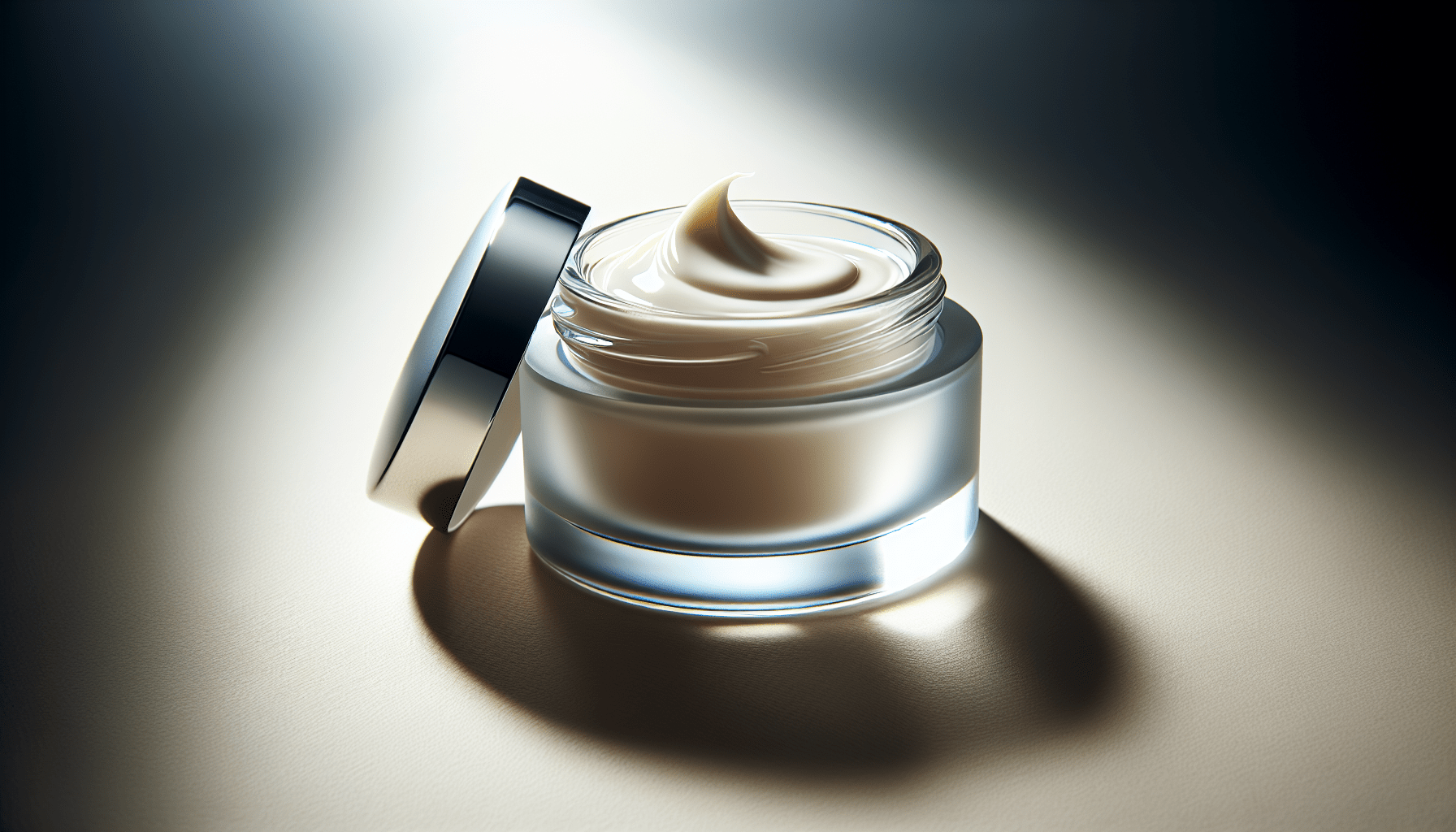
Conclusion
Finding the right eye cream for dark circles is a journey of understanding both your skin and the myriad options available. With patience and careful consideration of ingredients, texture, and consistency, you can tackle those persistent dark circles effectively. Remember, it’s about making informed choices that align with your skin’s unique needs and your personal preferences. In due course, your under-eye area may reflect the vibrancy and energy you feel within.
